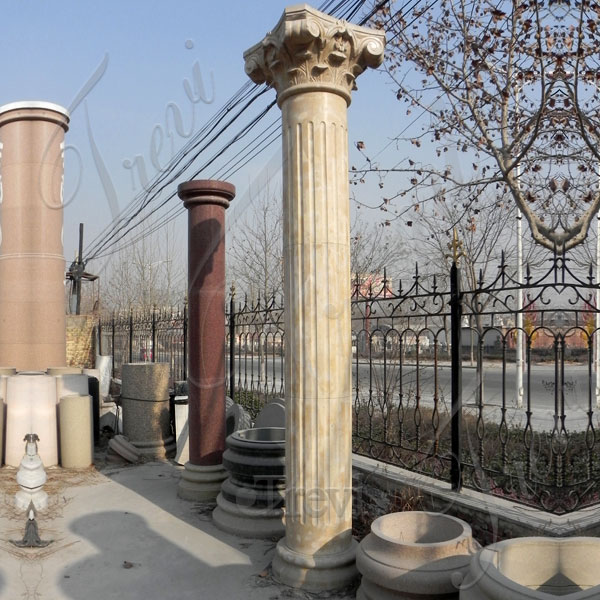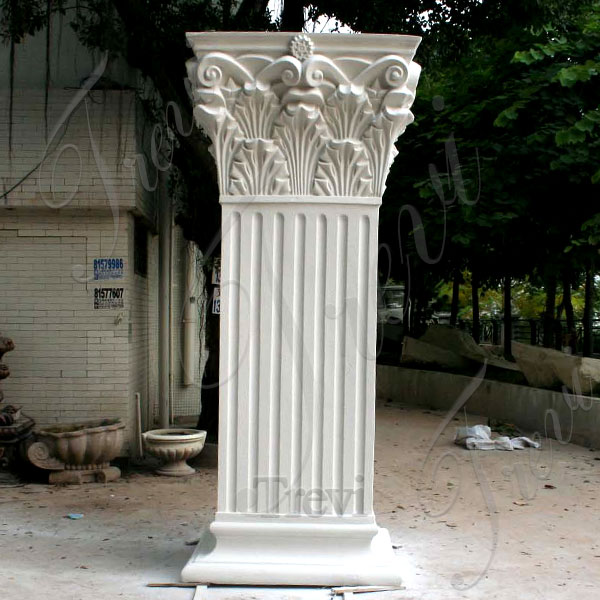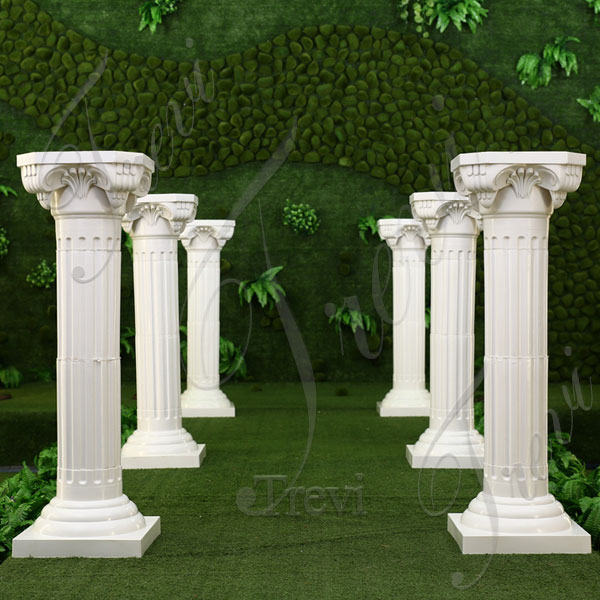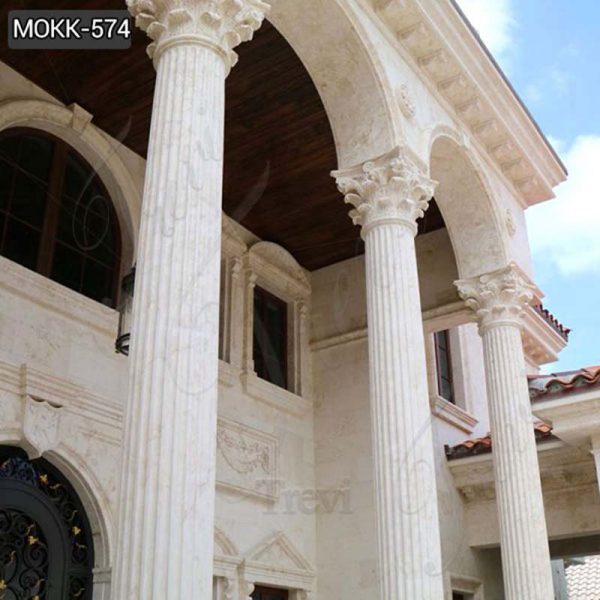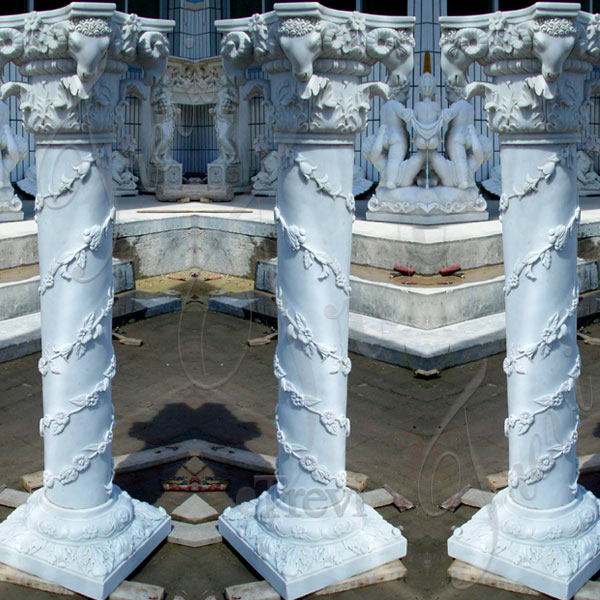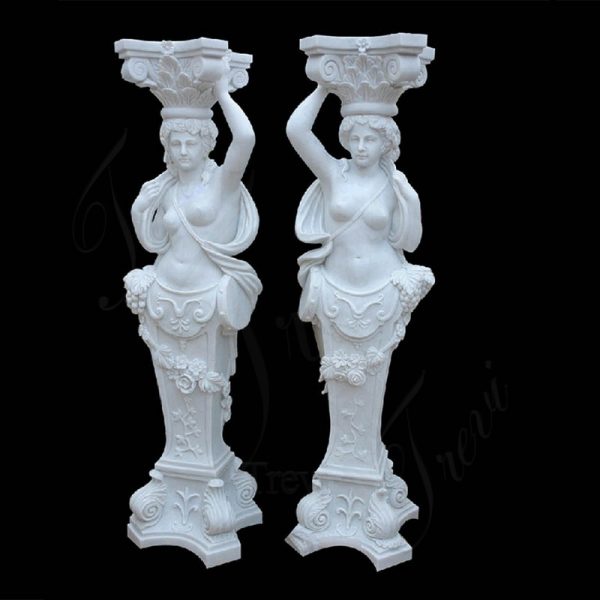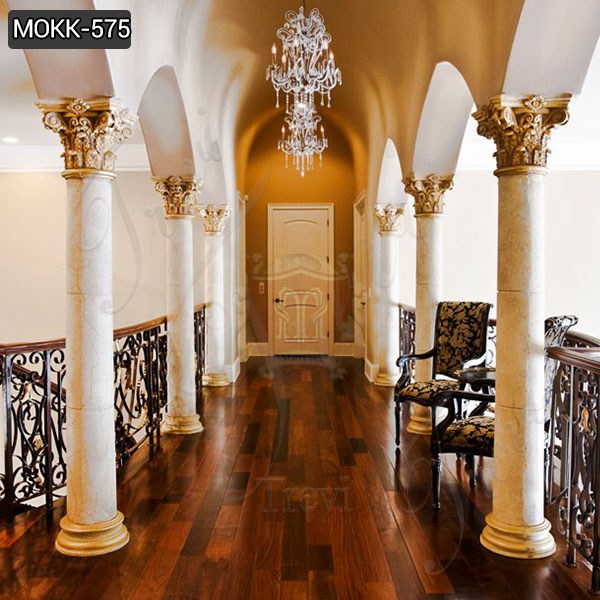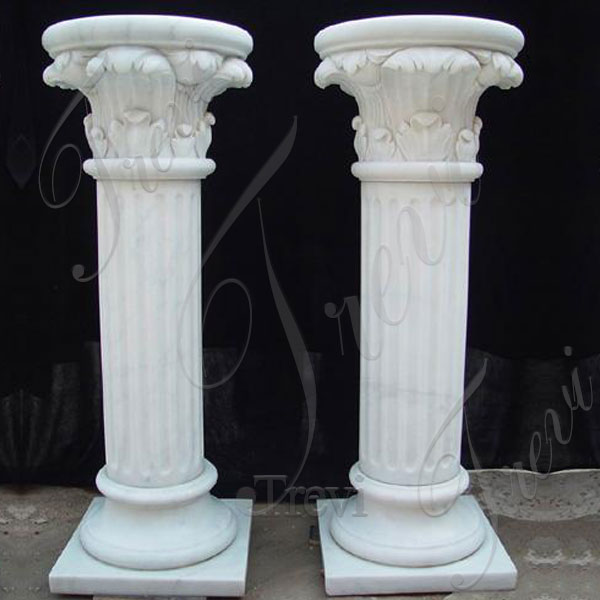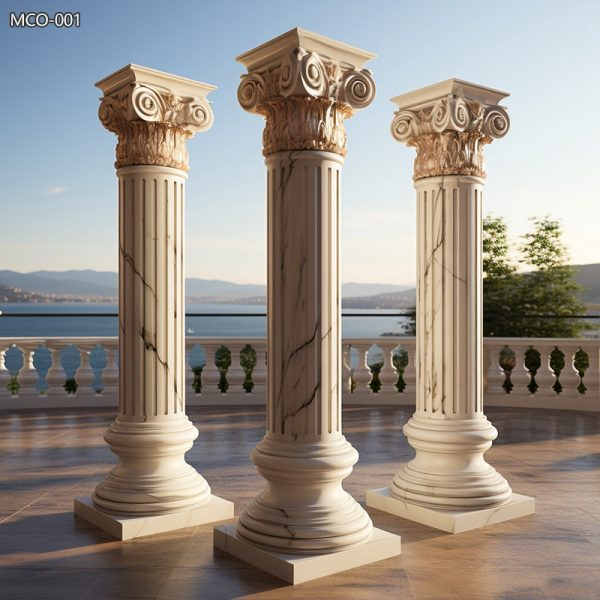modern romanesque columns free standing column structure for home
Porch Columns Design Options for Curb Appeal and More
Romanesque: Romanesque columns are recognized for their mass, overall strength, and are usually combined with arches in the surrounding structure. Load bearing is accomplished by walls vice the columns themselves.
A/HI 297 (History of Architecture) Structures and Terms …
Columns made of stature, bringing out the inherent human proportions of columns – capital = head, column = body, base = feet. STRUCTURE: Choragic Monument of Lysicrates First purely commemorative monument, also first to use a Corinthian order façade.
Column – Wikipedia
A column or pillar in architecture and structural engineering is a structural element that transmits, through compression, the weight of the structure above to other structural elements below.
Art Exam 3 – Learning tools & flashcards, for free | Quizlet
Romanesque churches feature imaginative stone carvings, *structures that were built with roman arches were known as Romanesque Gothic Style Primarily an architectural style that prevailed in western Europe from the 12th to 15th century characterized by pointed arches, ribbed vaults, and flying buttresses, which made possible to create stone …
The Influence of Roman Architecture on Modern Design | Design …
Place Vendôme features a monumental free-standing column in the middle of the building which was influenced by the column of Trajan. The statue of Napoeleon that rests at the top was even dressed in the style of a Roman emperor.
Architectural Columns: Classic to Current – CE Center Home
Column Structure The basic function of the column is to bear and distribute weight through compression, but many columns today are purely decorative, and some of the most famous columns in the world from Trajan’s in Rome to Nelson’s in Trafalgar Square are free-standing structures in their own right.
Romanesque Architecture: Characteristics, Examples & History …
In this lesson we fly through the various characteristics of Romanesque architecture: the semicircular arch, various sorts of vaulting, heavier construction, and the addition of increasingly …
Engaged Columns in Architecture: Definition & Examples …
That's a freestanding column. Other columns, however, are actually built into the wall itself. … engaged columns remained popular in the Romanesque and Gothic churches of the medieval era, the …
Column – Ancient History Encyclopedia
The column was an architectural invention which allowed for the support of ceilings without the use of solid walls, thereby increasing the space which could be spanned by a ceiling, allowing the entrance of light and offering an alternative aesthetic to building exteriors, particularly in the peristyles of temples and on colonnades along stoas.
Romanesque architecture – Wikipedia
Romanesque architecture is an architectural style of medieval Europe characterized by semi-circular arches.There is no consensus for the beginning date of the Romanesque style, with proposals ranging from the 6th to the 11th century, this later date being the most commonly held.
Column | Encyclopedia.com
column, vertical architectural support, circular or polygonal in plan. A column is generally at least four or five times as high as its diameter or width; stubbier freestanding masses of masonry are usually called piers or pillars, particularly those with a rectangular plan.
Architectural Columns: Classic to Current – CE Center Home
Column Structure The basic function of the column is to bear and distribute weight through compression, but many columns today are purely decorative, and some of the most famous columns in the world from Trajan’s in Rome to Nelson’s in Trafalgar Square are free-standing structures in their own right.
Romanesque Architecture: Characteristics, Examples & History …
In this lesson we fly through the various characteristics of Romanesque architecture: the semicircular arch, various sorts of vaulting, heavier construction, and the addition of increasingly …
Column (architecture) – Revolvy
A column or pillar in architecture and structural engineering is a structural element that transmits, through compression, the weight of the structure above to other structural elements below.
Characteristics of Romanesque Architecture | Vault …
columns, pilasters and arches, Romanesque architecture, in common with Byzantine … Baptisteries often occur in Italy as a free standing structure. Early chapter …
Column | Article about column by The Free Dictionary
column, vertical architectural support, circular or polygonal in plan. A column is generally at least four or five times as high as its diameter or width; stubbier freestanding masses of masonry are usually called piers or pillars, particularly those with a rectangular plan.
Richardsonian Romanesque Style (1880 – Home Remodeling
Romanesque arches typically rested on short columns that were either free standing or incorporated into the wall surface. Decorative windows and doorways frequently had arched tops and small columns (colonnettes) on each side.
Structural Fiberglass Pergola Kit | Free standing | Composite
Column anchoring: Mount to concrete with wedge bolts and 5/8" threaded steel rods through center of columns. Mount to a deck using square deck mounting plates ( or round ). Assembly in hurricane regions or spans over 18ft will include our engineered heavy duty mounting system.
The Effect of Classical Order on the Seismic Behavior of …
THE EFFECT OF CLASSICAL ORDER ON THE SEISMIC BEHAVIOR OF ANCIENT MASONRY COLUMNS by Cody Michael Buckley A THESIS Presented to the Faculty of
Artists by art movement: Romanesque Art – WikiArt.org
Romanesque art is the art of Europe from approximately 1000 AD to the rise of the Gothic style in the 13th century, or later, depending on region. The preceding period is known as the Pre-Romanesque period.
Column | Encyclopedia.com
column, vertical architectural support, circular or polygonal in plan. A column is generally at least four or five times as high as its diameter or width; stubbier freestanding masses of masonry are usually called piers or pillars, particularly those with a rectangular plan.
Engaged Columns in Architecture: Definition & Examples …
In the modern neoclassical buildings, many interior walls are made of plaster, not wood, so the engaged column is a great way to provide additional buttressing and support while also giving a nod …
Rose Column Plans – gardenstructure.com
These little rose column free standing trellises are simple and easy to build and adaptable to different heights. They are designed to train vines or roses upwards and get them into sunny spots in the yard.
Essential World Architecture Images- Search by style
In contrast with both the preceding Roman and later Gothic architecture in which the load bearing structural members are, or appear to be, columns, pilasters and arches, Romanesque architecture, in common with Byzantine architecture, relies upon its walls, or sections of walls called piers.
Characteristics of Romanesque Architecture | Vault …
columns, pilasters and arches, Romanesque architecture, in common with Byzantine … Baptisteries often occur in Italy as a free standing structure. Early chapter …
What is the difference between Roman and Romanesque …
The reason Romanesque is used for western medieval buildings not produced in Gothic style is the presence of arches that would not be out of place in a Roman structure. Still round instead of ogival, the architectural “base” of the style rests on Roman principles and basic concepts.
Best 25+ Interior columns ideas on Pinterest | DIY interior …
Neat modern home interiors with functional and decorative columns and pillars The post modern home interiors with functional and decorative columns and pillars… appeared first on Pirti D . Find this Pin and more on Column Makeover by Susan Stewart .
Medieval Buildings & Architecture – English History
Instead of the thick Romanesque piers, Gothic architecture featured thin clusters of columns with very large windows and tall vaults and spires. It was during this time that sculptures in buildings became free-standing, not incorporated into columns.
Romanesque architecture – New World Encyclopedia
Romanesque architecture is the term that describes the architecture of Europe which emerged from the dark ages of the late tenth century and evolved into the Gothic style during the twelfth century. The Romanesque style in England is more traditionally referred to as Norman architecture.
Architectural Terms | Column | Gothic Architecture
Column: Column or pillar in architecture and structural engineering is a structural element that transmits, through compression, the weight of the structure above to other structural elements below.

